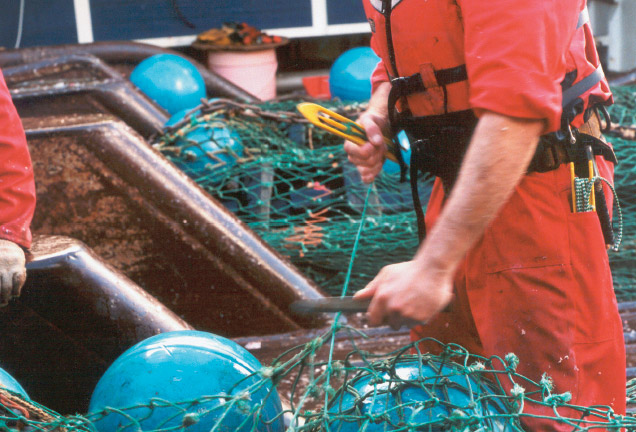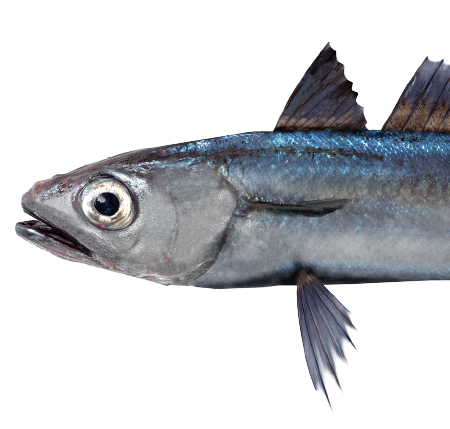OpenSeas is your gateway to the most comprehensive set of facts and references underpinning the environmental, supply chain and workforce credentials of the New Zealand seafood industry.
New Zealand seafood is produced in an environment that is rich in marine habitats and species diversity. With the 4th largest ocean territory in the world and as many as 65,000 species living in it, it's no wonder New Zealand invests so much time and effort into managing the marine environment. For more details about the fisheries management systems and conservation measures, click on the sections below.

New Zealand has a reputation as a trusted supplier of food. In fact, the provision of safe and suitable food is critical to the New Zealand economy. This is why the New Zealand Government provides a strong regulatory framework to ensure seafood is legal, safe and fit for purpose. For more details about New Zealand's supply chain controls, click on the sections below.

The New Zealand seafood industry employs over 13,000 people both on land and at sea. New Zealand Maori also have significant commercial and customary interests in seafood enshrined in the Treaty of Waitangi. The the rights and welfare of commercial and indigenous fishers are specified in New Zealand law. To find out more, click on the sections below.




